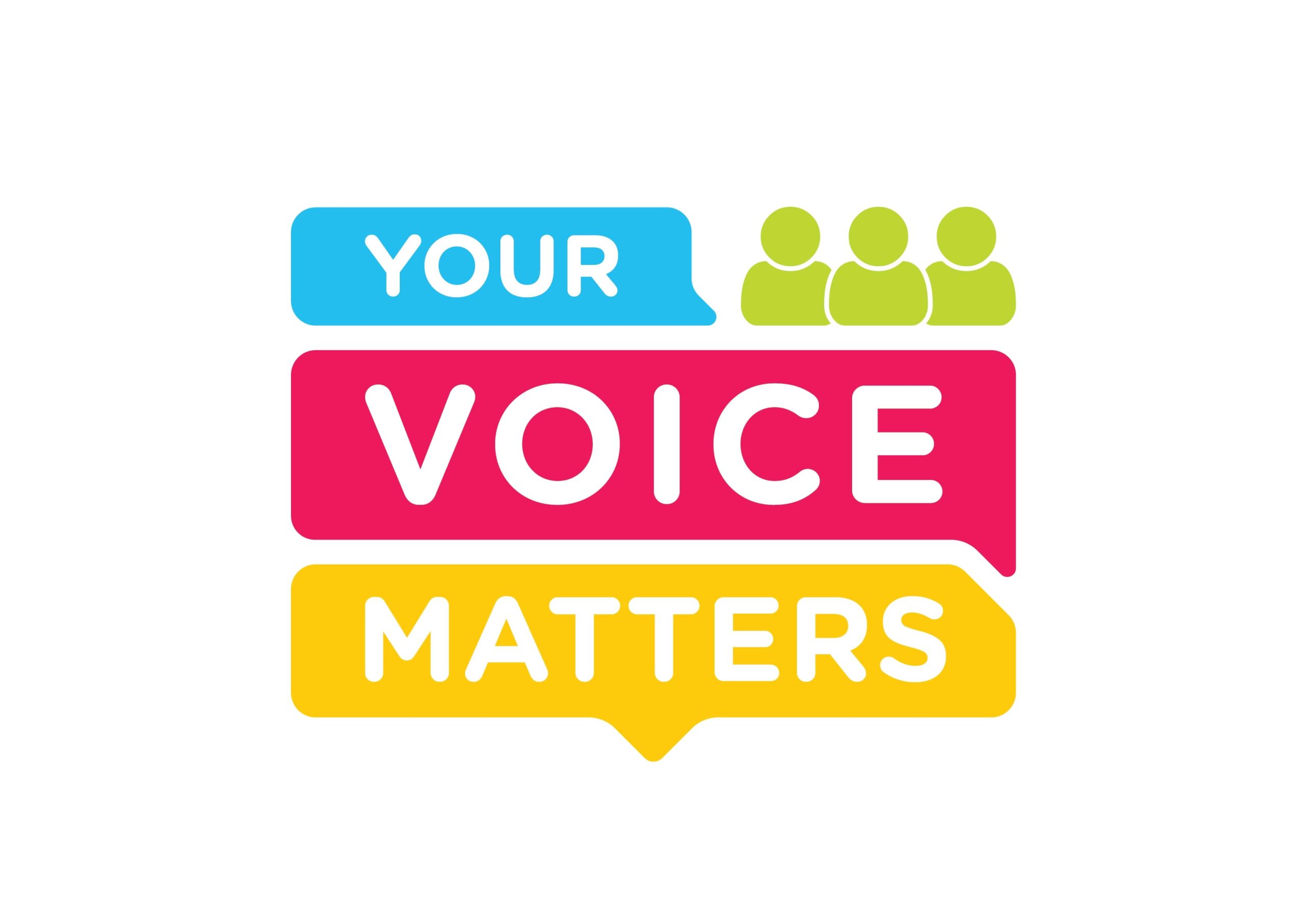Throughout history, tobacco has always been political. Being a globally traded commodity, the production and export of tobacco have significant economic implications.
Generally, evidence shows a net positive economic gain if tobacco usage is reduced. This is because the improvement of health outcomes in a country, and thus a reduction in health care expenditure, would offset the economic loss from the falling demand for tobacco products.
Nonetheless, because of the differential gains and losses among different parties — in other words, tobacco is an important source of income for many, at the expense of health outcomes of others — most countries compromise by imposing taxes on the industry, and channeling part of the revenue to managing its consequences.
To quote Dr Kelvin Yii, “for every RM1 collected from the tax currently imposed on tobacco products, RM4 is spent on treating people suffering from smoking-related complications and disease”.
To complete this statement is to add metaphorically that the person benefiting from the RM1 is not the same person who is spending the RM4. For what it’s worth, the person receiving the RM1 revenue holds the power to determine if the tobacco industry should flourish.
Here are two irrefutable facts: Tobacco and vaping are harmful, and health education alone is insufficient. Firstly, the abundant evidence surrounding the harmful effects of tobacco makes even debating it ignorant.
Vaping, on the other hand, may be relatively new in town, but has shown evidence of its harmful effects such as nicotine poisoning, E-cigarette or Vaping Use-Associated Lung Injury (EVALI), and contributing to early onset nicotine addiction.
Secondly, the growing prevalence of tobacco smokers in Malaysia shows the inadequacy of existing public health efforts which centres around health education in controlling the addiction epidemic.
With reference to those who argue that the generational end game (GEG) is an extreme move and that anti-smoking campaigns are the way to go, it is imperative that we do not do the same thing over and over again but expect different results.
GEG Unconstitutional And Unenforceable?
The argument however remains: health education may not be effective, but is GEG the solution, when it possibly violates human rights? Smokers, after all, have the right to harm themselves, as long as they do not harm others, right?
Smoking does indeed harm others, in at least four ways. Second-hand and third-hand smoking are well known to impair the development of lungs in children.
Billions of ringgit of taxpayers’ money spent on treating smoking-related diseases and complications directly equates to the unavailability of the same amount to treat largely unpreventable diseases like childhood cancer, or to hire more health care staff so that waiting time in government health facilities is reduced.
The time accrued from smoking breaks and work absenteeism related to lung diseases secondary to smoking contribute to significant economic productivity loss.
Finally, tobacco production involves deforestation, waste product generation and environmental pollution. Why do non-smokers have to suffer and have their rights to health infringed for the sake of smokers?
The rights of non-smokers should also be taken into account when deciding if GEG is constitutional.
GEG was also said to be unenforceable. A complete, non-negotiable cigarette ban for anyone born after January 1, 2007 is perceived to be extreme and may cause unexpected consequences.
For example, if the GEG is passed as a law but poorly enforced, there can be a rise of illicit sale of cigarettes and vape with unregulated price and nicotine content.
Finding A Middle Ground
In the midst of the debate between anti-tobacco and human rights lobbyists, there should be mutual recognition that both parties advocate for the common good, despite a definition difference.
GEG is not the only anti-tobacco policy, and should not divide lobbyists with a binary ‘us-against-them’ mentality. To illustrate, here are five hypothetical policies for anti-tobacco and human rights lobbyists to find a middle ground:
- Premise owners to have the right to explicitly deny rental to smoking tenants, on the basis of preventing health hazards to other tenants.
- Employers to have the explicit right to deny employment to smokers, especially in health care and education, to set examples to patients and students respectively.
- In the case of divorce, the smoking status of the parents should be taken into account for child custody rights, as second-hand smoking harms the child.
- Scholarships for health sciences can be denied to students who smoke or vape because they should be role models.
- Smoking should only be allowed in designated smoking areas and homes, not even in open areas, to reduce air pollution and littering.
There exists not only “Yes” or “No” to GEG. Noting the importance of change management, GEG can be “Not now”.
GEG can also be implemented in phases. It can start by sector (for example, health and education), geography (for example, smoke-free island), or other areas (employment, scholarship, and others).
This way, gathering evidence on its effectiveness can be less daunting, but more importantly, unexpected consequences can be made more manageable, before expanding GEG nationwide.
Therefore, a question to policymakers today: Is it more important to be right or to make progress?
Dr Ginsky Chan is a public health advocate.
- This is the personal opinion of the writer or publication and does not necessarily represent the views of CodeBlue.





